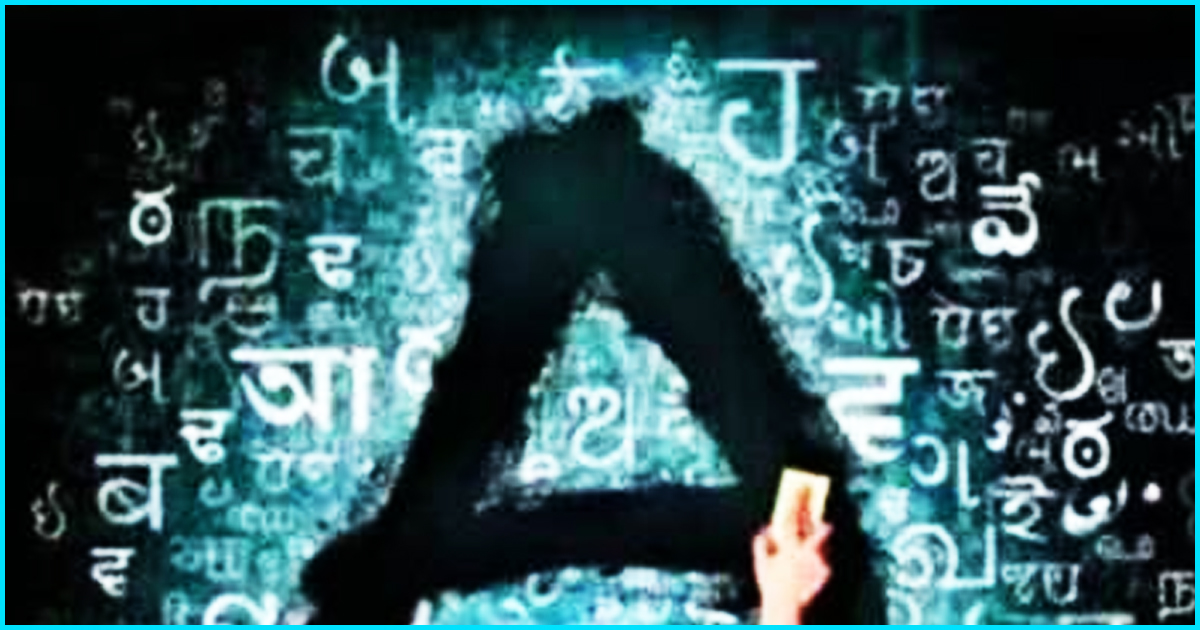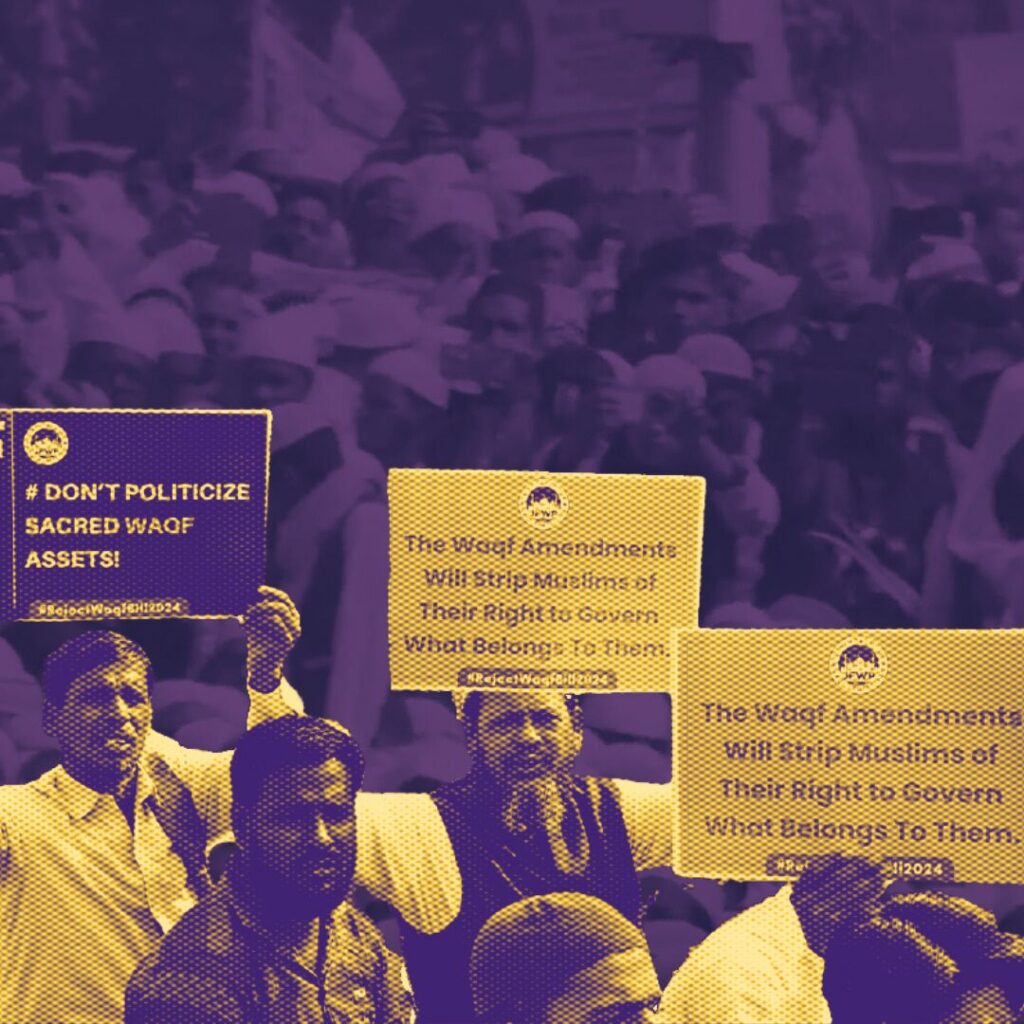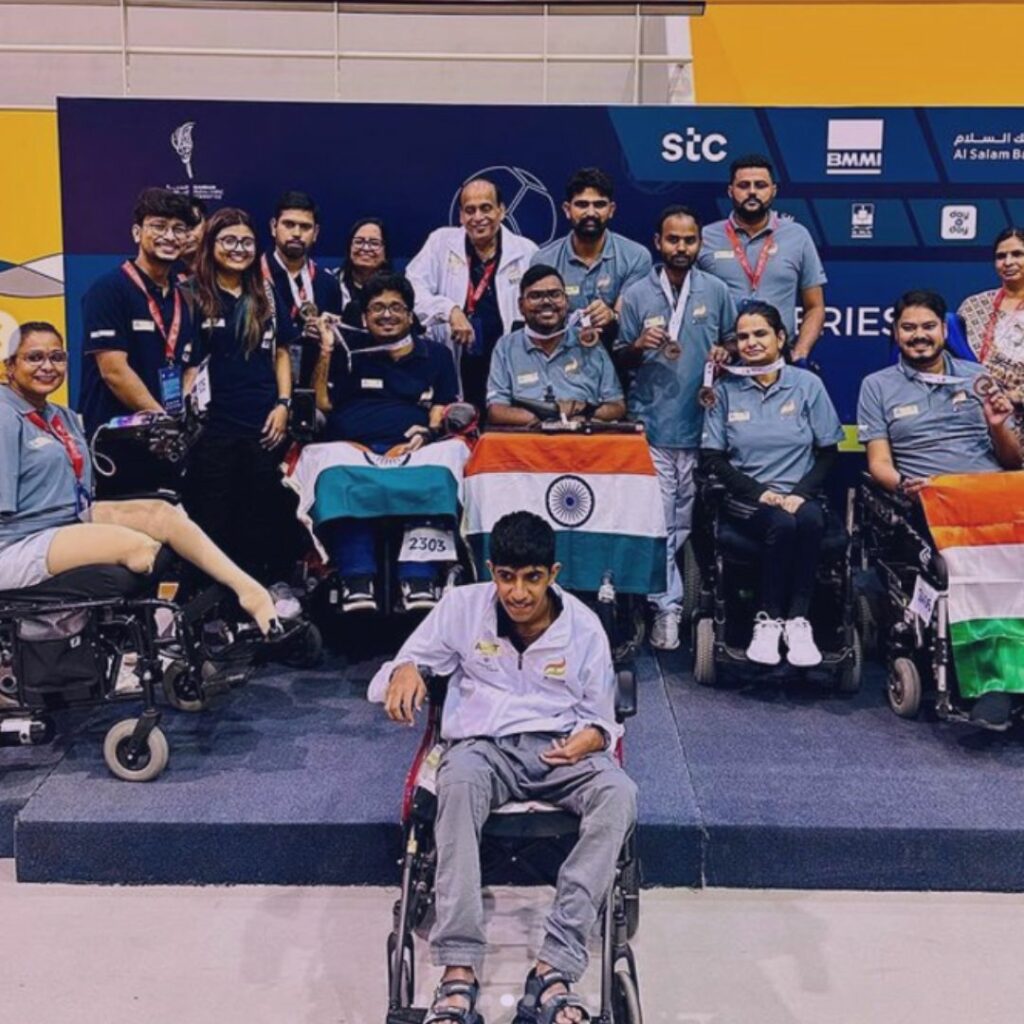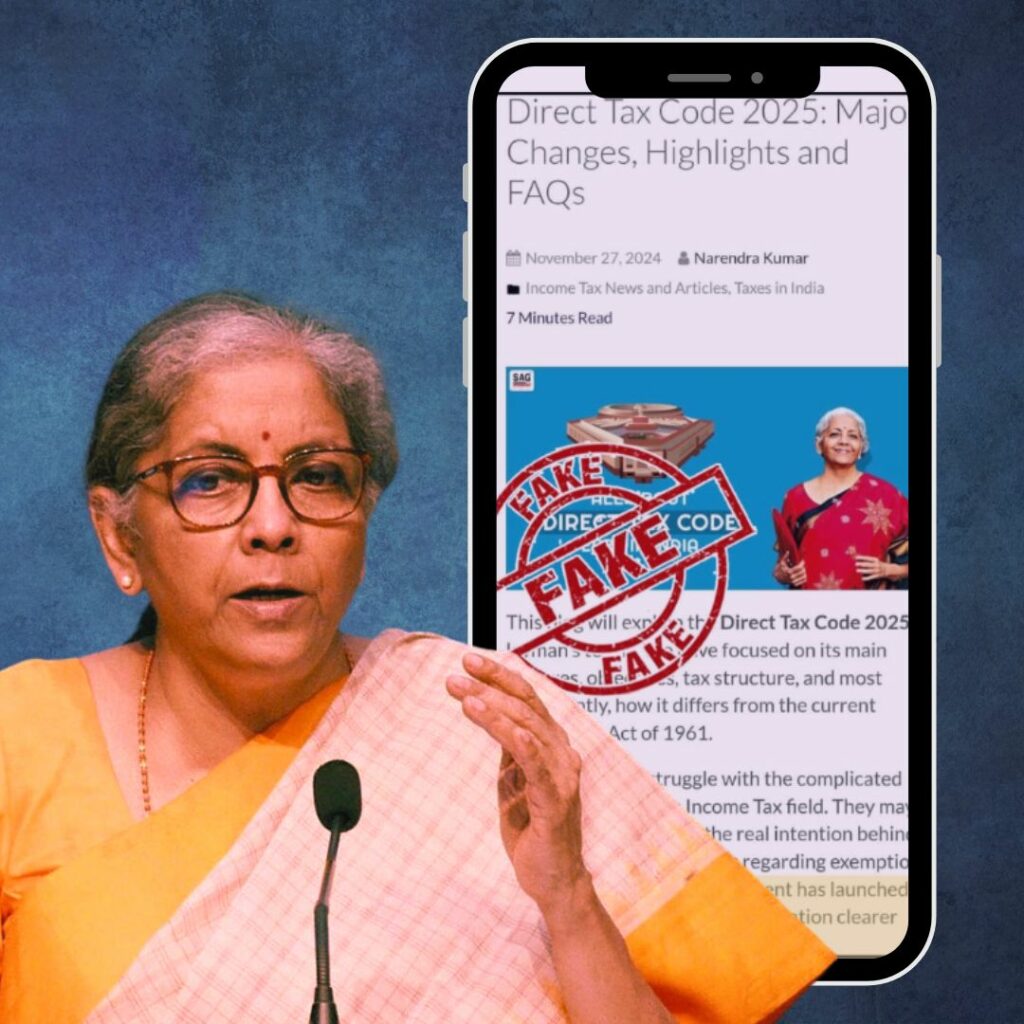Within the 22 scheduled languages in India, 79 per cent of Sindhi speakers and 82 per cent of Konkani speakers were bilingual, proving that smaller language groups happen to be more multilingual than others, reported The Times of India.
Bengali and Hindi speakers, despite being the largest linguistic groups in India, happen to be the least multilingual. They have the smallest share of people who know another language.
Three most multilingual groups
On the other hand, most multilingual are people with Urdu as their mother tongue. 62 per cent know at least another language, which is most often Hindi.
53 per cent of Punjabis know one more language and are the most multilingual after the Urdu-speaking people. According to recently released 2011 census data on language, 87 per cent of Punjabis who were bilingual knew Hindi, and 11 per cent knew English. Punjabis are also the largest group of people who speak three languages among the scheduled languages, among those who speak there languages 17 per cent know Hindi and 82 per cent English.
Marathi speakers are the third-largest linguistic group, and 47 per cent of them know another language. Hindi is the second language that 88 per cent of them speak.
The least multilingual groups
Only 12 per cent among 520 million Hindi speakers were bilingual, and 32 million of them knew English. What indicates the migration of the Hindi-speaking people from the north to Maharashtra is that 60.5 lakh of them knew Marathi. 32 lakh trilingual Hindi speakers among 79 lakh of them spoke English as the third language.
On the other hand, only 18 per cent of the 17 million Bengali speakers were bilingual, with Hindi being the language that half of this lot spoke.
The south
In the south, 27 per cent among Malayalam and Kannada speakers, and 25 per cent among Telugu and Tamil speakers were bilingual. While most bilingual people in the north knew Hindi as the other language, those in the south spoke English.










